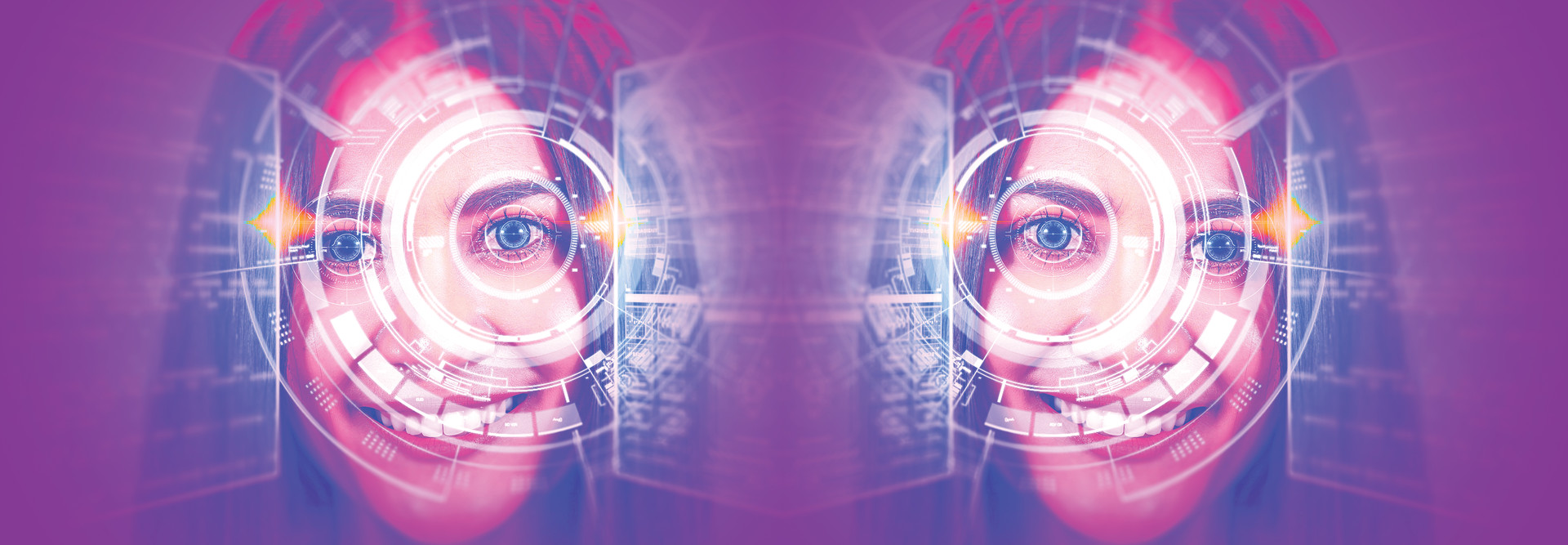Millions of users have already signed up for Worldcoin, a new tool that aims to provide users with a verified digital identity through iris scans and codes stored on decentralized blockchains. Worldcoin launched in July and was co-founded by OpenAI CEO Sam Altman of ChatGPT fame.
While Worldcoin is not available for use by anyone under 18, biometric capabilities, such as these and others just on the horizon, are renewing privacy and safety questions in K–12 settings.
“Combined with other approaches such as traditional passwords, biometrics actually have quite a significant benefit in many cases,” says Doug Levin, national director of the K12 Security Information eXchange (K12 SIX).
Click the banner to learn about cybersecurity solutions and services for your K–12 institution.
New York State Faces Off on Face Recognition
In most of those instances — take fingerprints, for example — users and administrators know that the data that’s being stored or analyzed “is not an actual recreation of your biometric data,” Levin says. Instead, it is “statistical measurements abstracted from that, and that measurement is not being shared. It’s not your actual fingerprint, it’s a generated alphanumeric code based on your fingerprint.”
From a privacy perspective, that distinction makes a lot of difference. A bad actor can do little with a fingerprint’s code; however, with an actual image of a fingerprint or a face, that person could potentially “cause mischief,” Levin says.
As new biometric capabilities come into focus, some schools are pumping the brakes on deploying tools that rely on face recognition. The New York State Department of Education recently issued a ban on face recognition technology in all elementary and secondary schools while leaving other forms of biometrics in place as long as privacy is considered.
DISCOVER: Download this checklist with five steps to secure student data.
Schools elsewhere might take issue with voice or gait recognition, iris or retina recognition, or DNA sequencing, all of which K–12 privacy advocates say might impact student data privacy. Others have taken a wait-and-see approach until broader implications are understood.
West Virginia School Sees Biometrics as a Key Security Tool
Student data privacy concerns notwithstanding, many schools are incorporating an ever-widening range of biometric technology, from fingerprint scanners in the lunch line to face recognition cameras that can identify who is on campus. Once, the term “biometrics” might have referred exclusively to fingerprint or eye-scanning. However, the rise of artificial intelligence and machine learning in security technology, converging with the need to authenticate and verify identity online as well as offline, has spawned a new generation of tools and use cases.
“We’re very conscious of safety in our school system, and the more technology and tools we have, I would have to say, the better off we are,” says Gary Hough, superintendent of Fayette County (W.Va.) Schools. “Biometrics are tools to protect our students. There are control mechanisms you can build within the technology itself to make sure the information only flows in a certain direction.”
EXPLORE: School leaders say IP cameras allow them to detect incidents faster.
Hough’s district has used fingerprint readers for nearly nine years to allow teachers and other employees easy access to school buildings. Two years ago, the district started deploying Verkada surveillance cameras, which include face recognition capabilities, but they have not yet leveraged that function, Hough says.
“We’re taking it one step at a time,” he says. “When you look at the potential of student loss, it changes your perspective 100 percent.”
59%
The percentage of 2,700 survey respondents who said their organizations are currently using, plan to implement or plan to test biometric technologies in the near future
Source: HID Global, “The Industry Report: 2023 State of Security and Identity,” March 2023
Cybersecurity Expert Urges Schools to First Understand the Risks
For those schools or districts considering biometrics adoption, Levin urges caution and due diligence.
“The federal Cybersecurity and Infrastructure Security Agency has resources that we think are important, and our advice to school systems, no matter the product, is that they understand the risks they are taking on with its adoption,” says Levin.
LEARN MORE: Schools need the right people and tech solutions for physical safety and cybersecurity.












